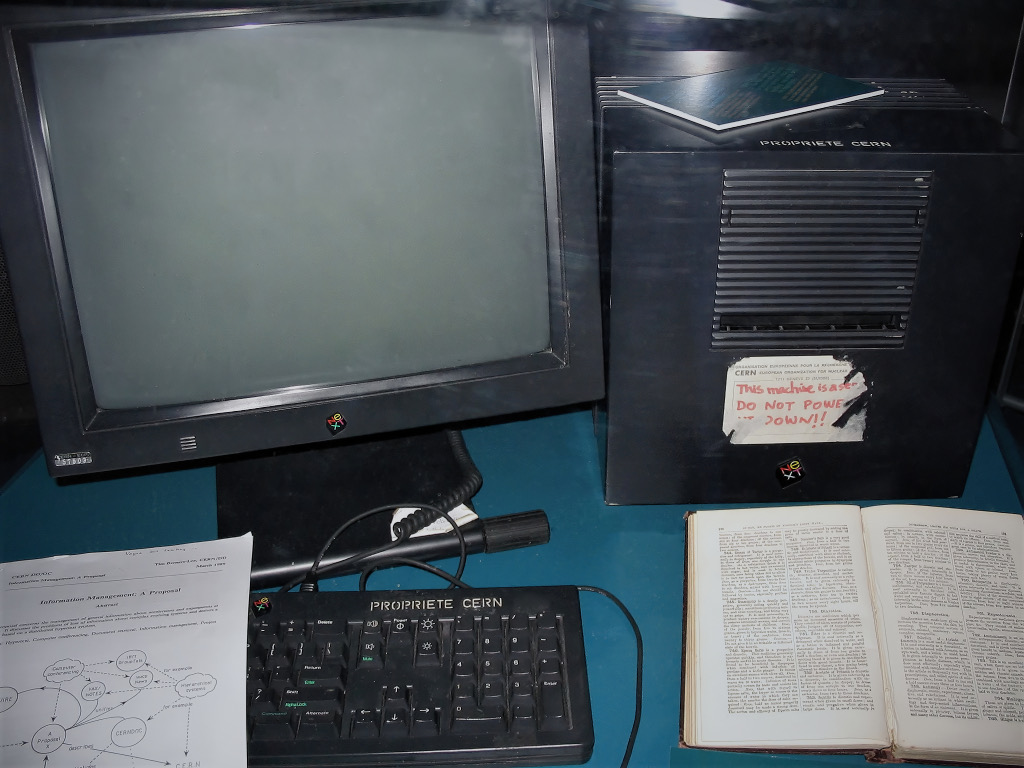What people think of as the moment of discovery is really the discovery of the question. — Jonas Salk
When we make decisions about the technology we use in our classrooms, we very often ask the wrong questions.
We think about how we can use the latest, greatest, coolest tools and gadgets available to get students in a desperate attempt to engage them in learning while ignoring what we should be focused on in education.
I was the world’s worst offender of chasing the cool factor. Whatever came down the edtech release line, I was there for it. I would watch the Twitter stream during the yearly ISTE conference waiting for new announcements from old favorite companies or to see what the hot, new tool would be this year.
This was a time when every educational technology conference was filled with “60 apps in 60 minutes” sessions that were not unlike the opening of floodgates upon unsuspecting teachers as a skilled pitch person wowed them (most often a classroom teacher themselves) dazzling them with what you could do with kids with this new fandangled whizbangadoodle.
What a time to be alive. And what a sad time to look back upon.
The problem was that there was so much new technology appearing from seemingly nowhere and being adopted by teachers far and wide that we weren’t really sure what to do with all of it.
And no one was asking any questions. If they were, they were shouted down by the cheers of the edtech Illuminati.
If one doesn’t watch the introduction of new technologies and particularly watch the infrastructures that emerge, promises of liberation through technology can become a ticket to enslavement.
— Ursula Franklin
The failure to seriously consider how new technologies might be weaponized reveals a stunning degree of either naivete, hubris, or recklessness.
— LM Sacasas (@LMSacasas) June 1, 2021
Before we get too far ahead of ourselves, let’s be clear: I don’t think that educational technology is being weaponized. But I think that we have serious questions to consider before we implement new tools.
The technology we use with our students isn’t just about the tech. It’s about the environment that is created by using technology. Technology usage changes the world around it for either good or not-so-good.
But once a given technology is widely accepted and standardized, the relationship between the products of the technology and the users changes. Users have less scope, they matter less, and their needs are no longer the main concern of the designers.
— Ursula Franklin
As the number of devices in our schools continues to increase and our reliance on technology to complete even the most mundane tasks in schools increases, we should ask better questions about the technology we use and how we use it.
Yes, our questions about technology usage need to be about how these tools are used to support student learning outcomes. We need to know what students will create with the tools we provide them.
We need to ask about issues of access and equity. Not just access to devices and programs but to qualified teachers with the training and support to appropriately leverage any technologies.
Technology distributed and used equitably enables opportunity and voice, dismantles barriers around learner exceptionalities, democratizes access to information, and disrupts racial and economic privilege hierarchies.
— Ken Shelton
We must ask questions about how we use devices in our classrooms and shift the focus from low-level digitization of paper activities and ineffective repetition of skills practices for intervention to deeper learning activities that provide personalization and student-centered learning.
But we should also ask questions about how our technology usage affects us as humans.
LM Sacasas has compiled 41 questions concerning technology that would be excellent conversation starters among teachers, administrators, and students.
Here are the first five of those questions:
- What sort of person will the use of this technology make of me?
- What habits will the use of this technology instill?
- How will the use of this technology affect my experience of time?
- How will the use of this technology affect my experience of place?
- How will the use of this technology affect how I relate to other people?
I don’t write this article to overly criticize my fellow educational technologists. Several great things are happening in our schools that are directly related to the recent influx of technology and the support that continues to be offered by experts in the field.
We’re doing good work. But that doesn’t mean that we can’t do better work or that there are things we haven’t thought about in our race to improve.
It’s sometimes important to take a breath, get perspective, and ensure we’re on the right path.
The decisions we make with students make impacts that we may never see in our time on this planet.
Let’s be sure we’re asking the right questions.









